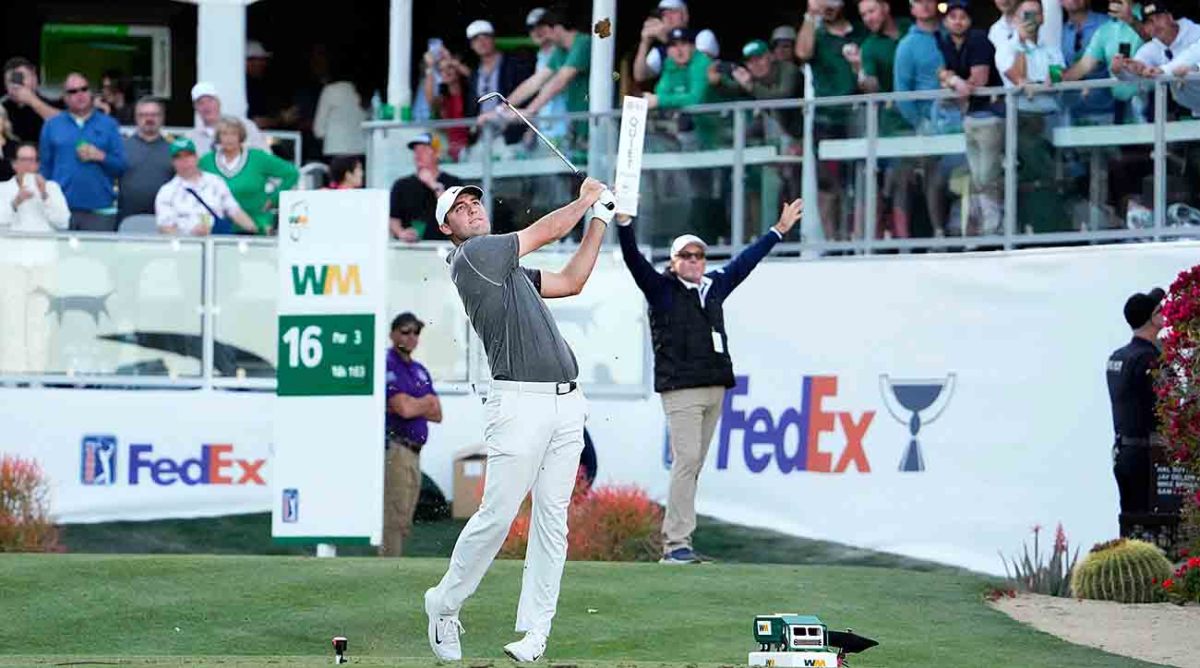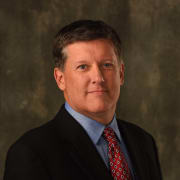'Designated' Events Are Working and the PGA Tour Should Leave Them Alone
More Weekly Read: What to Expect From Tiger | Jason Day's Resurgence | Fore! Things
You would be reaching quite far and wide to find fault with the PGA Tour’s new "designated event" structure at this early stage.
The WM Phoenix Open brought its usual level of hysteria and hijinks along with an all-star cast of players and a strong leaderboard through the weekend, with Scottie Scheffler winning and returning to No. 1 in the world.

It will continue again this week at the Genesis Invitational, where 23 of the top 25 in the Official World Golf Ranking have entered and the tournament gets the added bonus of Tiger Woods making his 2023 debut at Riviera Country Club.
So far, the designated events are doing as designed, bringing together the top players in the world more often and not making us guess as to when they will all be in the same place.
Now the disclaimer: The PGA Tour needs to be careful not to mess this up.
There is considerable conjecture that the Tour will turn several designated events into limited-field, no-cut tournaments starting in 2024. Not only would that be a mistake, but it plays right into the hands of LIV Golf, which has been heavily criticized by Tour brass and players for doing just that.
And this is not to suggest that there is anything wrong with a few no-cut events with limited fields. That is basically what the World Golf Championships events have been for the better part of 25 years, and they certainly had their place. Woods won 18 of them, after all.
But the current January-to-August PGA Tour schedule has five limited-field, no-cut events: the Sentry Tournament of Champions, the WGC-Dell Technologies Match Play and the three playoff events—the FedEx St. Jude Invitational, BMW Championship and Tour Championship.
It’s almost the perfect number. In each case, there are specific qualifying criteria. For the Sentry, you have to win a tournament or being among the previous year’s top 30. The Match Play (whose future is to be determined), takes the top 64 in the OWGR. The FedEx St. Jude takes the top 70 in FedEx Cup points and then it is pared down to 50 for the BMW and 30 for the Tour Championship.
There is no shame in a guaranteed payday for the players who qualify for those events.
Beyond that? You begin to enter into territory that even Woods criticized last summer when he was asked about LIV Golf.
"What these players are doing for guaranteed money, who is the incentive to practice?" he said. "What is the incentive to go out there and earn it in the dirt? You’re just getting paid a lot of money up front and playing a few events and playing 54 holes."
While that is not exactly what these limited-field events would entail, the same mindset is in place. Too many no-cut events, especially with smaller fields, leads to the possibility of the "haves" and "have nots." And perhaps that is what the top players want, having seen the riches bestowed upon LIV golfers who are guaranteed a nice payday every time they tee it up.
Woods will undoubtedly be asked about it this week at Riviera and it will be interesting to hear his take on how his event should be handled in the future. It's hard to believe Arnold Palmer would have wanted that for his tournament, and you might even say the same for Jack Nicklaus and his Memorial Tournament.
The "legacy" events, as they are also known, have 120-player fields, nearly the perfect balance between limited field and still having a 36-hole cut. It should also be noted that this week at Riviera, the PGA Tour expanded the field to 134 to accommodate “each player who is deemed as eligible.’’
That was a smart move that should appease those who fear that too many are being left behind.
And the way the designated-event system works—15 tournaments outside of the four majors and the players, with four rotating—there is still plenty of opportunity for the "have-nots" in a full field. As someone such as Nick Taylor showed at TPC Scottsdale, there is room for players not part of the "Player Impact Program" who can use these opportunities to compete right alongside the big boys.
If you start cutting these tournaments down to 78 players—a 42-player reduction from the usual legacy event and possibly 60 or more if you do so at regular full fields such as the RBC Heritage, Wells Fargo Championship and Travelers Championship—you have closed the shop considerably.
There are plenty of riches to go around in the current setup, and a player missing a cut here or there understands that is part of doing business on the PGA Tour.
The Tour has other issues to deal with heading into 2024, including figuring out which events are designated and where they land on the schedule to better space them out. It has to decide if it wants to bring back a match play event in some form. And it still has to figure out the fall schedule and how those events will impact the following season.
Adding more limited-field tournaments should not be part of the mandate.
